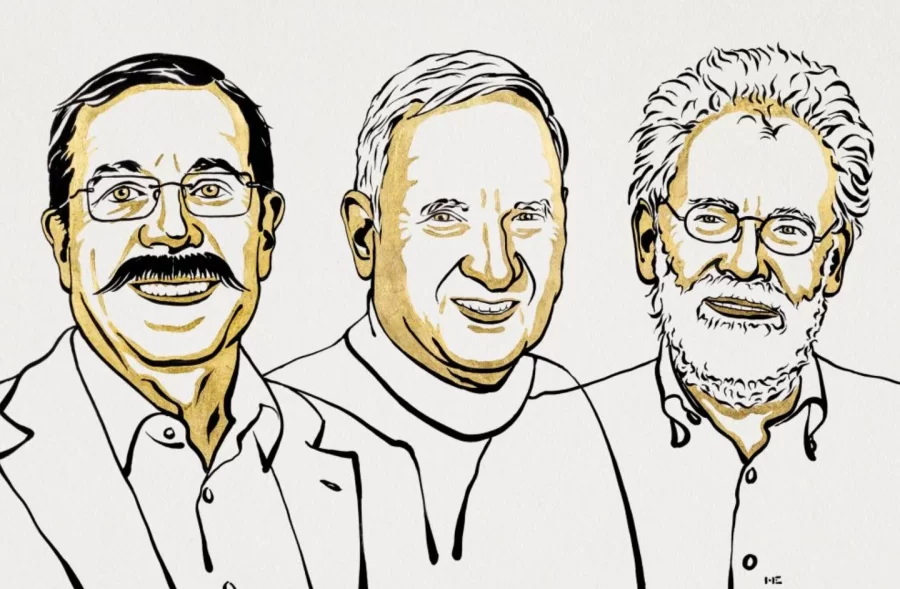Nobel Prize in Physics 2022: What Does It Mean For The Future?
Perhaps the most sought after award in academia, the Nobel Prize is the stuff of dreams for any ambitious individual in economics, physics, chemistry, literature, medicine, economics, or politics. This year, 14 individuals and organizations received it, three of them for physics: Alain Aspect, John F. Clauser, and Anton Zeilinger. According to the Nobel Prize website, these men were recognized for “experiments with entangled photons, establishing the violation of Bell inequalities and pioneering quantum information science.” Chances are, the dense scientific language in that statement left many indifferent, undermining the importance of the finding. Perhaps the greatest fault of the scientific community is its lack of transparency with the outside world; when made understandable, this year’s achievements become much more meaningful to the rest of us laymen.
First off, we need to understand what quantum physics is to grasp Aspect, Clauser, and Zeilinger’s achievements. Simply put, quantum physics is the study of the movement of microscopic particles, like electrons, protons, or neutrons. The confusing part is that the actions of these particles are not really anything like that of macroscopic objects, like an apple or a ball.
All three laureates were performing experiments based on a phenomenon known as quantum entanglement. Quantum entanglement describes the phenomenon of two particles having interconnected states, no matter how far apart they are. Einstein disapprovingly referred to it as “spooky action at a distance.” To begin, imagine two entangled electrons. One of them is taken to a lab in New York and the other to a lab in Philadelphia. When scientists measure the spin — one of its properties — of the electron in New York, it will be the opposite of the electron in Philadelphia. If one is down, the other must be up. However, these may not always stay the same; measured at another time, the spin might be reversed. This holds true even if only one particle is measured. This theory was created by John Bell – hence the reference to “Bell Inequalities” – and the experiments of the three physicists vindicated Bell’s claim and simultaneously disproved Einstein’s. While Einstein (and some others) was right about the concept itself, he claimed that the particles’ states were determined the moment they became entangled, rejecting the theory of constant correlation between the two.
Beyond the abstract, groundbreaking theoretical research, the findings earning the Nobel Prize actually have very important implications for our future. Quantum entanglement is a crucial aspect of quantum information science, regarding quantum computing. Because the properties of quantum entanglement mean that two particles can send information faster than the speed of light, a quantum computer would be able to break the most secure cryptographic systems in use today, many of which encrypt emails, texts, and other kinds of data. Many countries and private companies have been investing heavily in quantum computer research, since their very existence threatens online security and privacy. Clauser, Aspect, and Zeilinger’s research has further unveiled the mysteries of the quantum world, allowing scientists to forge new paths into the unknown. Quantum mechanics is beginning to look more and more like the science of the future.

Paolo, a current senior, is looking forward to his third year writing for the Banner, this time as a section editor. Outside of the Banner, Paolo is the...


